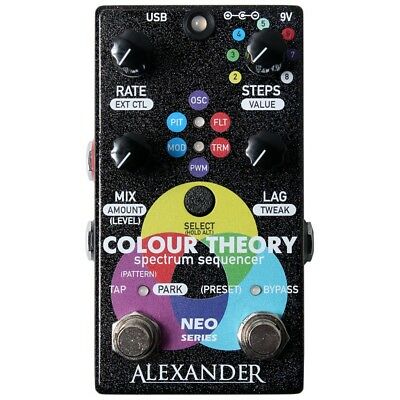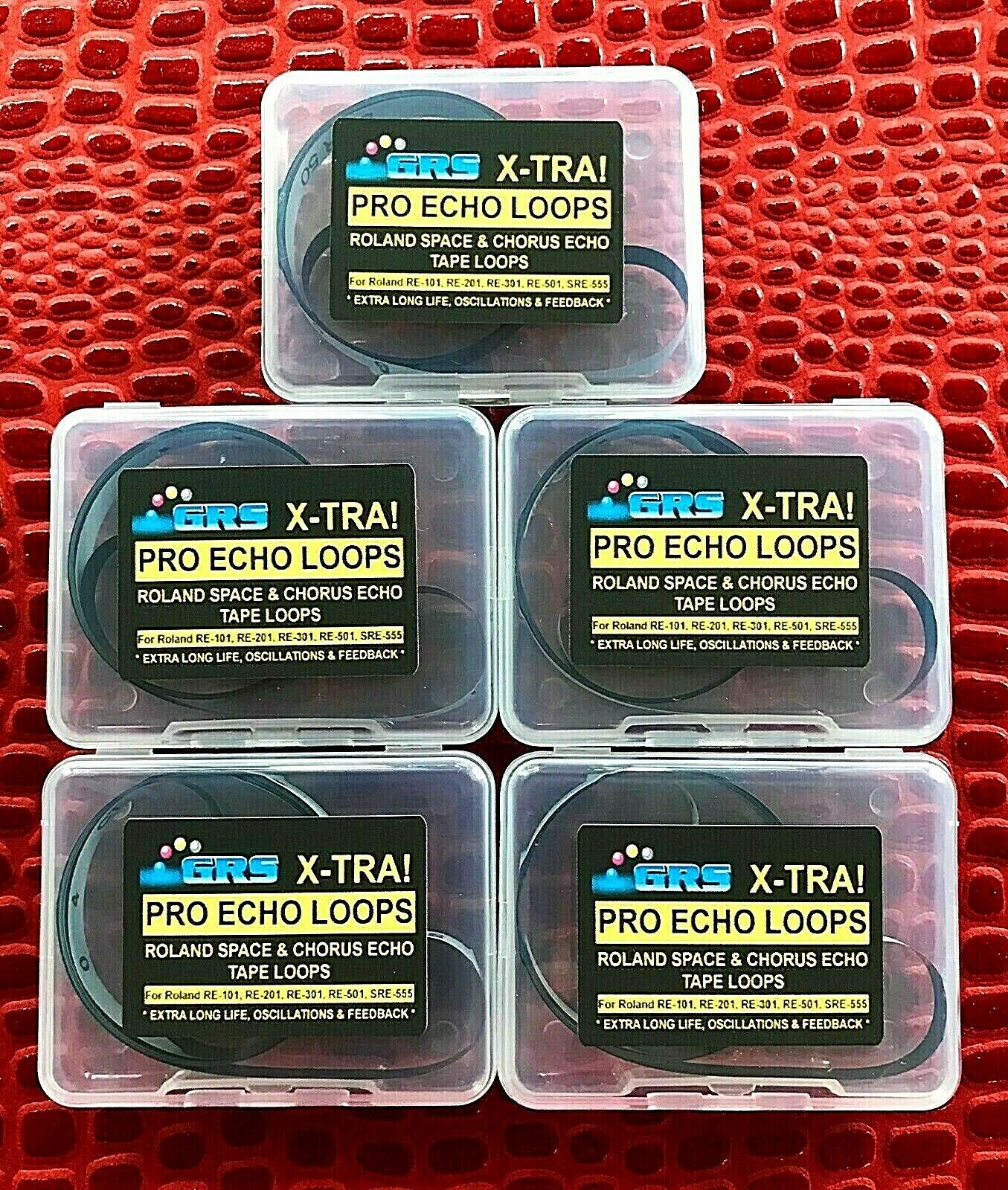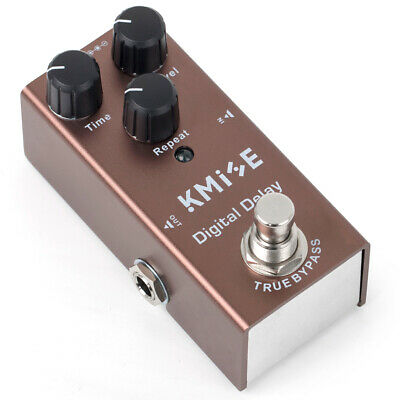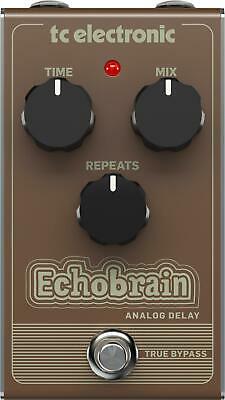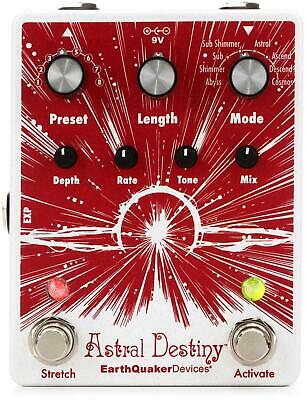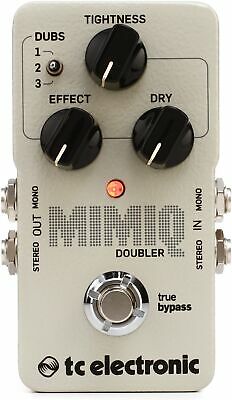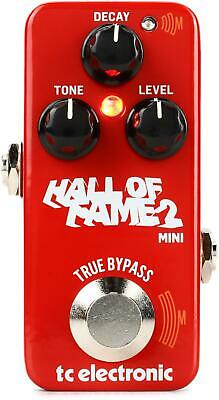-40%
Alexander Pedals Colour Theory Spectrum Sequencer Guitar Effects Pedal w/ MIDI
$ 105.59
- Description
- Size Guide
Description
YOUR BEST SOURCE FOR PRO AUDIO GEARFree shipping
on Domestic orders
*
30-day returns
moneyback guarantee
Customer Support
Online Chat, (888) 255-6632
Alexander Pedals Colour Theory Spectrum Sequencer Guitar Effects Pedal w/ MIDI
Description
Alexander Pedals Colour Theory Spectrum Sequencer Guitar Effects Pedal
The Colour Theory. Each step in its sequence is a new pathway to adventure, each new colour is part of a palette of mystery. Every moment brings a new surprise, as the patterns cycle and interact.
The Colour Theory combines a versatile eight-step sequencer with a powerful effects processor, creating rhythmic combinations seldom heard outside of a rack of synths. It’s small but mighty, utilizing our Neo Series technology in a completely new way.
Imagine a drum machine that plays different sounds on each beat - kick, snare, kick, snare. Now replace those drum sounds with pedal settings, and you’re getting close.
The Colour Theory allows you to preset different values for its effects - each step of the sequence may be set to any values you like, so as the sequence plays the effect changes automatically. You can set the Colour Theory to play a series of tones in OSC mode, or to open and close a filter in FLT mode. The only limit is your own imagination.
Neo Series:
The sonic scientists at Alexander Pedals have been working overtime to cram the most pedal into the smallest box, and we now present the Neo Series! Each Neo Series pedal incorporates an advanced 32-bit microcontroller adding presets, expression, and MIDI capability.
The Neo Series pedals are small but mighty! Imagine having a single pedal on your board that can access up to 4 separate preset tones with a touch of your toe. Connect an expression pedal to "morph" between two distinct settings for each preset for dynamic real-time effects. Or connect the Neo Footswitch to enable your choice of preset select, tap tempo, or start / stop the sequence in real time.
Presets:
All Neo Series pedals feature a simple yet powerful preset functionality. Hold the bypass footswitch to move the pedal to the next available preset, and the pedal will reconfigure itself on the fly. All knob values and the effect mode settings are recalled, allowing you to set up to four unique tones. Want more presets? Simply connect a MIDI controller to the EXP port on the side of the Neo Series pedal and access up to 16 presets total.
To load a preset, hold the bypass footswitch down or send a MIDI program change from 0-15.
To save a preset, hold the Select button down and then hold the bypass footswitch. The pedal will save the current settings to the current preset.
Any changes you make to the pedal settings will be lost when switching to a new preset unless you save the current preset first, so be careful!
Expression and MIDI:
The EXP port on the left side of the pedal can function as an expression pedal, foot switch input, or a MIDI input.
Expression Pedal:
Set the expression pedal to the heel down position, then adjust the knobs to your preferred setting. Sweep the pedal to the toe position and set the knobs to a different setting. The Colour Theory allows the user to sweep the Rate, Steps, Mix, and Lag controls with the expression pedal or ramp footswitch.
Foot Switch
: The Neo Footswitch (sold separately) allows for preset select, tap tempo, or sequence start / stop control - all with LED indication. The Colour Theory will also work with a standard tap tempo footswitch.
MIDI
: The Neo Series pedals can connect to a compatible MIDI controller to control all of the pedal functions plus access 12 extra presets, for a total of 16. The USB port may also be used as a MIDI interface to your computer or mobile device.
Controls:
Sequencer Controls
- the pedal knobs have the following functions while the sequencer is running, and may be controlled by the expression pedal.
Rate
: Controls the speed of the sequencer. Rate may also be set by tapping the left footswitch.
Steps
: Controls the number of steps in the sequence, from 2 to 8.
Mix
: Controls the master mix between the effected sound and the direct signal. Please note that the Amount parameter also affects the mix between these two signals - the master Mix value will override the Amount parameter.
(
Level
): Hold the Select button down and turn the Mix knob to set the overall output level of the pedal from -20dB to +10dB.
Lag
: Controls the “smoothness” or filtering of the step sequence counter. At low settings the sequenced effects will jump from one value to the next. At high settings, the sequenced effects will “slide” from one setting to another. Very high Lag and Rate settings will cause “smearing,” with the effect being unable to fully reach its destination - perfect for making the OSC mode into a police siren!
Step Controls
- the pedal knobs have the following functions when the sequencer is parked and are not controlled by the expression pedal:
Ext.Ctl
: Adjusts the value sent by the Colour Theory to your other devices using MIDI. This parameter is sequenced.
Value
: The main effect parameter of each mode. Pitch shift, delay time, filter frequency, tremolo rate, oscillator pitch, or PWM octave.
Amount
: Sets the blend between the direct and effected signal for the current step. Please note that the master Mix control also changes this blend. If the Amount is set to 100% but the master mix is set to 50%, the overall blend will be 50%. If Amount is set to 50% and master mix is set to 50%, the overall blend will instead be 25%.
Tweak
: The secondary parameter of each effect mode. Tone, delay feedback, filter resonance, tremolo wave, oscillator wave, or PWM modulation
Select Button - tap to choose a new effect mode:
PIT
- Sequenced pitch shifter. This effect can create harmonies or pitch shifts, with any interval from 1 octave down to 1 octave up. The pitch and tone of the effect signal may both be sequenced.
MOD
- Sequenced digital time modulation. The delay time ranges from 0 milliseconds to 300 milliseconds, and both the delay time and feedback may be sequenced. Try the delay effect with two steps and a high lag to create a very lush chorus or vibrato.
FLT
- Sequenced resonant filter. This is a low-pass filter that can have high levels of resonance, to the point of oscillation. Be careful, this thing can get wild at extreme settings. Filter frequency and resonance may both be sequenced.
TRM
- Sequenced tremolo. Create rhythmic patterns or insane stutter modulation with this one. The tremolo rate and waveshape may both be sequenced.
OSC -
Sequenced synth oscillator. This is useful for making melodies or whacked-out siren sounds. The pitch range is a couple of octaves, and even "in-between" notes outside the normal tempered scale are available. Value controls the pitch and Tweak blends between sine and square wave shapes. We promise your neighbors will hate this mode.
PWM
- Synthesized octave effect. Don't know why we thought this would be cool, but here you go. This mode turns your guitar signal into a monophonic digital square wave, with the divider rate set by Value. This will get DOWN, to subharmonic levels. It can go so low that the output isn't even audio any more. It's kind of nuts. The Tweak knob controls a modulation effect on the synth wave. Try this for making your neighbors hate you even more than OSC mode.
Bypass Switching:
The Colour Theory features a buffered bypass using a soft-touch footswitch. The dry signal path is digital because computers. The bypass signal is 100% analog.
Configuration:
To configure, power on while holding the center Select button and release when the program LEDs start to flash.
Turn the Rate knob to select the function for the Neo Footswitch - Counterclockwise for sequence start / restart, center for preset select, clockwise for tap tempo.
Turn the Tweak knob to set the main LED brightness.
If you wish to assign the Colour Theory MIDI channel, simply send a program change message from your controller on the correct channel while the pedal is in configuration mode. Hold the Select button to save the pedal settings.
The Colour Theory MIDI port requires the use of either a MIDI converter box such as the Disaster Area / Chase Bliss MIDIBox or a MIDI controller that supports 1/4" devices such as the Disaster Area Gen3 series. The Colour Theory defaults to using MIDI Channel 1.
Power Supply:
The Colour Theory requires a 9V DC power supply with a 2.1mm pin, center negative, 80mA. The Colour Theory is not designed to be powered on supplies higher than 9V and does not use a battery. The Colour Theory should work fine on a multi-pedal "daisy chain" connector, but if you encounter excessive noise or hum try a separate power supply.
*We only offer free shipping to the lower 48 contiguous states. AK, HI, APO, FPO and US Protectorates (PR, VI and American Samoa) addresses will incur additional shipping charges. Please contact us for a shipping quote. These shipments will only be shipped via Priority Mail. There are some instances that free shipping will be offered if they are smaller and lighter items.
